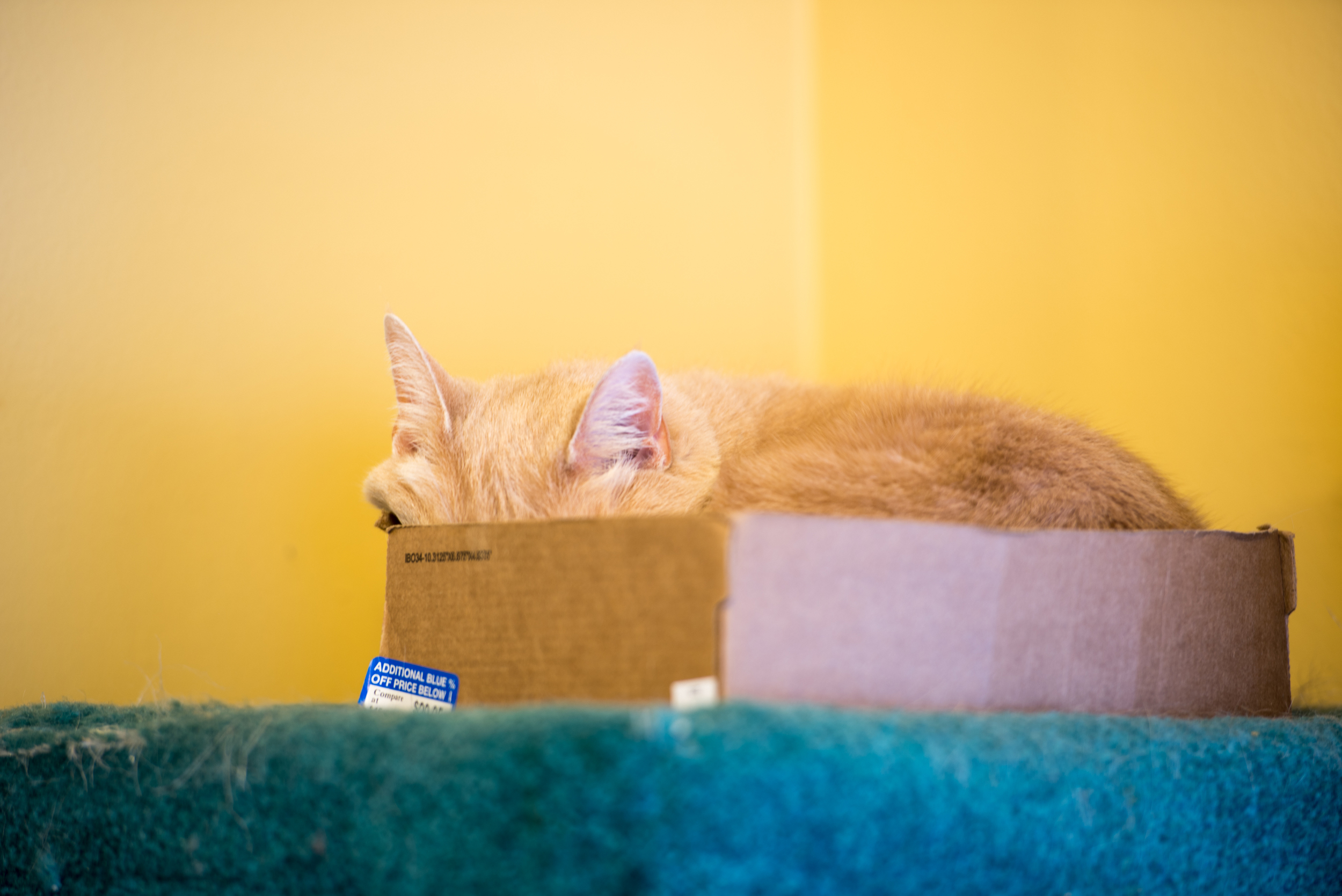My name is Rob, and this sentence isn't at all related to this post. I bought some new toys recently, one of which being a new camera body. If you're one of the lucky folks that gets to hang around me, you already know this, because I've been talking about it for weeks.
There was always one common question that arose.
Wait, you're buying another camera? Don't you already have a fancy camera?
Yeah, but I need a back-up. Plus, this one's full-frame!
Full frame? What the hell does that mean?
It's at this point I generally start my harangue about the joys of full-frame cameras - the better image quality, larger wells on the sensor, a perceived shallower depth of field, better low-light performance.
It's about this point, too, that whoever was unfortunate enough to ask the question starts to glaze over faster than a Krispy Kreme donut at the end of the conveyor belt.
So, instead of describing to you in great detail the difference between crop- and full-frame bodies, I'm gonna describe one difference in rough detail and show you some pictures I took today.
Any given lens projects a circular image onto a plane(the image sensor in this instance). You don't end up with a circular image because the image sensor is rectangular. The image sensor on a full frame camera is roughly the same size as a 35mm film strip. This size sensor just fits inside that circular projection. On a crop-sensor camera, the image sensor is about 2/3 that size.
When you take a picture with a crop-sensor camera, the resultant image is, effectively, cropped. This produces a zoomed-in effect as can be seen in the following. These two pictures are taken using the same lens, in the same spot, using all the same settings in camera. The only difference being the camera body itself - the first being a full-frame camera, the second being a crop-sensor camera.
Here you see the zooming effect first hand. On a crop-sensor camera you're effectively multiplying the focal length by 1.5. This can be handy when shooting things far away, because they appear bigger in the view finder.
The draw back is when you want a really wide-angle shot, because you still get the multiplier. Take this example.
On the full-frame camera the sensor is recording a much larger area than the crop sensor. So much more, in fact, that the corners of the sensor fall outside of the projected circular image for this particular lens. You can tell because of the fall-off in the corners in the above image.
So, there you have it. A quick and dirty example of the difference between a crop-sensor, and a full frame sensor.
Check back next week for something more entertaining!



